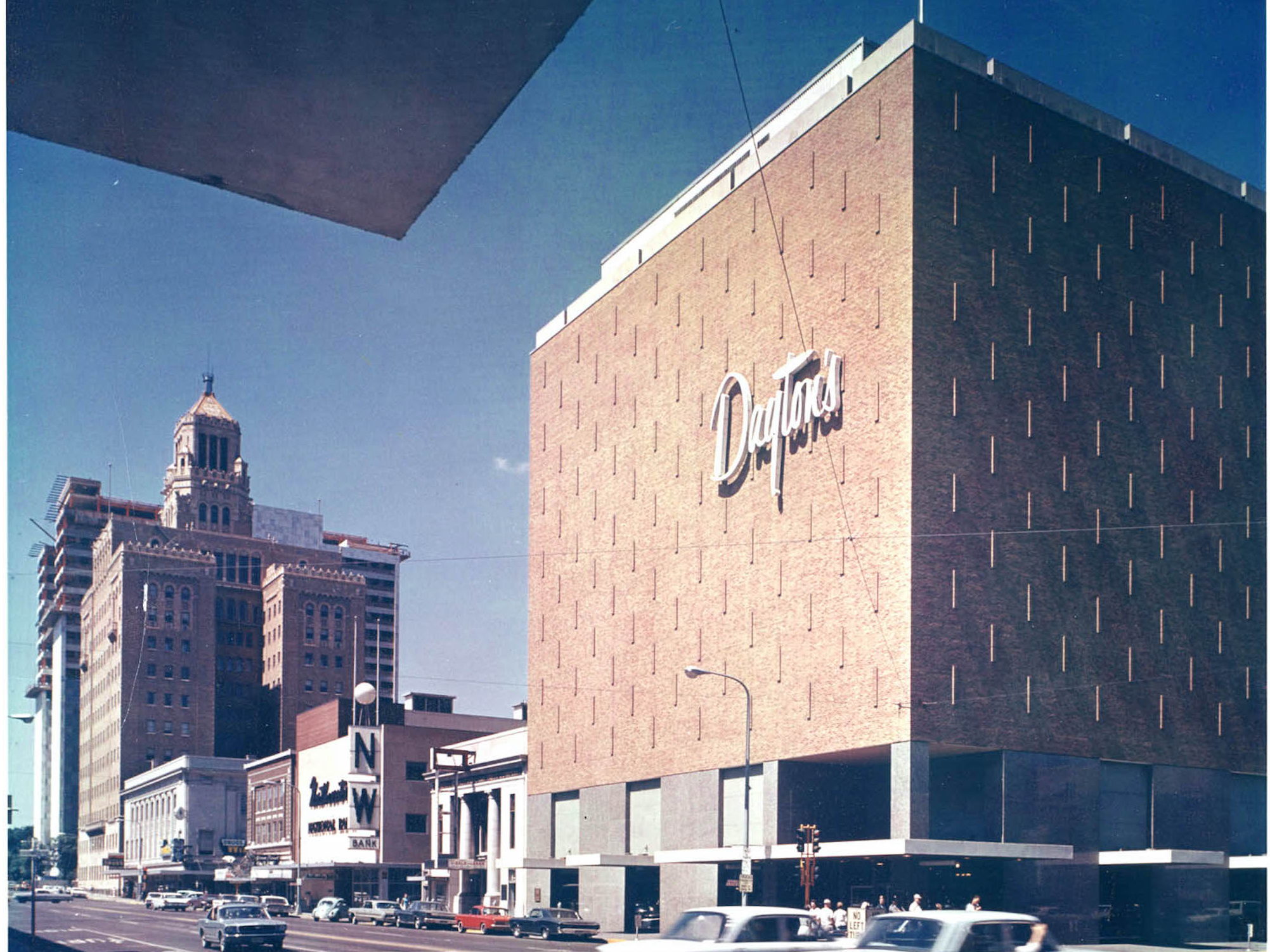- Target can trace its retail lineage back to the dawn of the 20th century.
- Its founder was a businessman named George Dayton.
- Dayton initially made a foray into the dry goods game, only to pivot to the department store business.
- By the 1960s, however, the Dayton Company was looking to experiment with a discount chain.
- Visit Business Insider’s homepage for more stories.
The first ever Target store was opened in 1962, but its predecessor first came on the scene 60 years prior.
Target’s website offers curious shoppers an entire timeline of its history as a company. The business was founded by a New Yorker named George Dayton who dabbled in banking and real estate before making his mark in the world of department stores.
The Dayton Company, as the founder’s venture came to be called, continued to operate as a family-owned retailer for years. The changing world of retail in the 1950s and 1960s, however, would offer the company a chance to take a chance on a brand new discounting format.
Check out what Target looked like through the ages, from the days of Dayton’s department stores to the first Target stores on the scene in the 1960s:
Businessman George Dayton first dipped into the department store business in 1902, when he became a partner in Minneapolis' Goodfellow's Dry Goods Company, according to Target's website.

Source: Target
By 1903, he bought up the entire business and renamed it the Dayton Dry Goods Company. Eight years later, the company was re-dubbed the Dayton Company.

Source: Target
The department store business thrived in the Roaring Twenties and also endured the Great Depression, although its founder and namesake did pass away in 1938 at the age of 80.

Source: Target
Dayton's son George N. Dayton took the helm of the company that his father founded, followed by his son Donald 12 years later.

Source: Target
The Dayton Company began looking further than the city of Minneapolis in 1954, according to Target's website. That's the year that the first Dayton's location opened up in Rochester, a Minnesota city about an hour and a half away from Minneapolis.

Source: Target, The New York Times
That march to the suburbs continued throughout the 1950s, as the company that would ultimately become Target expanded into shopping malls in the region around Minneapolis.

Source: Target
The 1960s brought about the biggest changes yet for the retailer. The Dayton Company began setting its sights on the world of discounting, and its plans for a new chain went public in 1961.

Source: Target
The new store concept's name? Target. Former Dayton's executive Stewart K. Widdess and his team wanted their new retailer to "hit the center bulls-eye" in terms of service and products, according to Target's website.

Source: Target
The first ever Target store opened that same year, on May 1 in Roseville, Minnesota. Four years later, Target came to Denver, its first foray outside of Minnesota, according to the Target website.

Source: Target
Through the latter half of the 20th century, Target began to outshine its parent company. In 2000, the Dayton-Hudson Corporation – so named after the 1969 merger between the Dayton Company and the J.L. Hudson Company — rebranded as the Target Corporation.

Source: Target
Four years later, the company completely moved out of the department store business in order to focus on its discount chain. The remaining Dayton's stores had been rebranded as Marshall Field's locations, which the Target Corporation sold off that year.

Source: Chicago Tribune
While Target may trace its roots to the start of the 20th century, the modern-day format of the store truly owes more to Dayton's 1962 launch of the new, bullseye-emblazoned discount format.

Source: Target

